Animal and Dairy Science
-

One tool that aids producers in the efficient and profitable production of beef cattle is live animal carcass ultrasound. The use of carcass ultrasound is an economical way cattlemen can make genetic improvements in carcass traits, which will, in turn, put profits in their pockets.
Carole Knight
|
-

With so many feed, supplement and hay choices available, many people find themselves wondering exactly what their horse needs for good health and nutrition. Many horse-feeding opinions and myths make deciding what to feed even more difficult. This publication explains your horse’s nutritional needs, common guidelines to observe when feeding your horse and how to determine if your horse’s nutritional requirements are being met.
Kylee Jo Duberstein
|
-
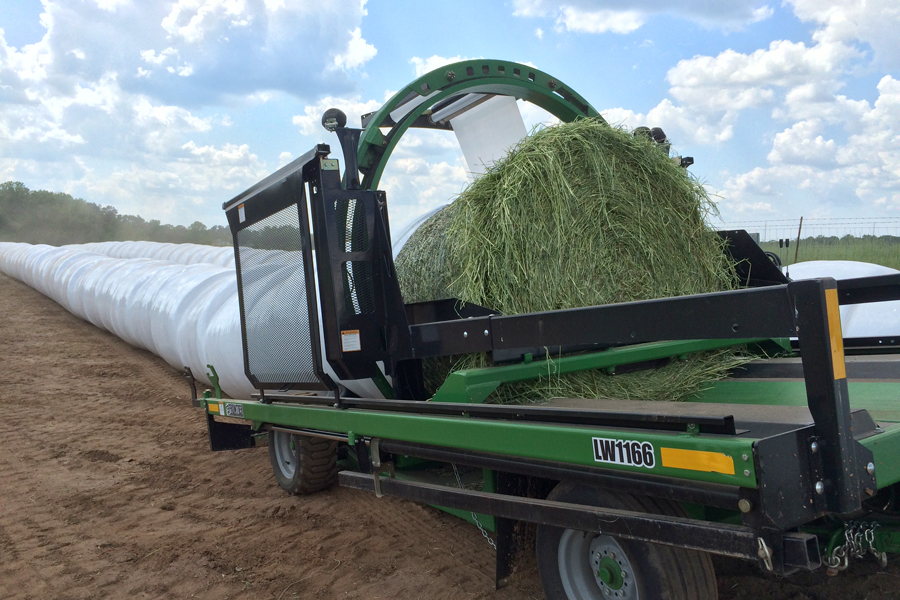
B 1532
Baleage Production and Use
Implementing a baleage system takes consideration and planning. Producers need to weigh the benefits, challenges, and costs to optimize their forage production and livestock feeding operations. Baleage does have additional costs associate with it—including a wrapper, plastic, and plastic disposal. It also takes different management strategies to store and feed baleage to prevent spoilage when compared with traditional dry hay. Despite some additional management challenges, baleage can be very beneficial for many producers. It has higher forage quality when compared to dry hay harvested under the same conditions and is highly palatable to livestock. Finally, using baleage as a forage harvesting tool can reduce risks of forage loss due to weather and promote forage harvest on a timely harvest interval.
Lawton Stewart, Jennifer J. Tucker, and Lisa Baxter
|
-

Horses have relatively long life spans compared to other livestock and companion animals, often living into their late 20s and early 30s. Many horses have productive careers into their 20s. In fact, in many disciplines, horses do not peak until their teenage years. Good nutrition, maintenance and veterinary care allow horses to lead longer and more productive lives. However, as horses age, their needs change and additional care may be required to keep them as healthy as possible. This publication addresses changes in the aging horse’s body that impact its requirements, possible ways to meet these requirements, and solutions to problems that may occur.
Kylee Jo Duberstein
|
-
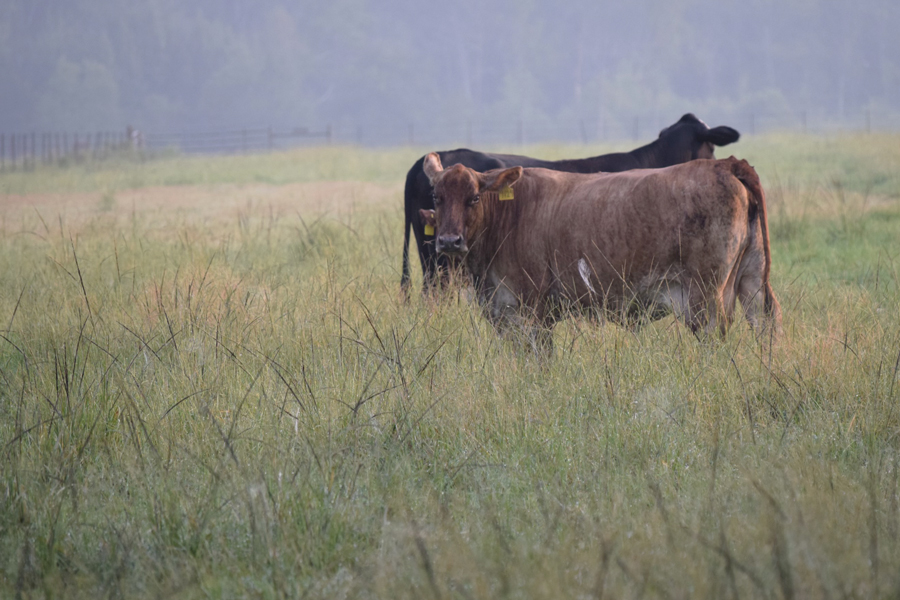
A good grazing management plan is essential to producer success for any grazing livestock production system. One of the keys to building a grazing management plan is to have a good understanding of the stocking rate on your farm and how this relates to forage availability. Stocking rate is a critical factor in all grazing operations, no matter the livestock species. By accurately determining stocking rate, understanding their grazing management options, and measuring forage availability producers can develop an effective grazing management plan for their operation. Additional author: Justin Burt, Postdoctoral Research Associate, UGA CAES Department of Crop and Soil Sciences
Steve Morgan, Jennifer J. Tucker, and Lisa Baxter
|
-
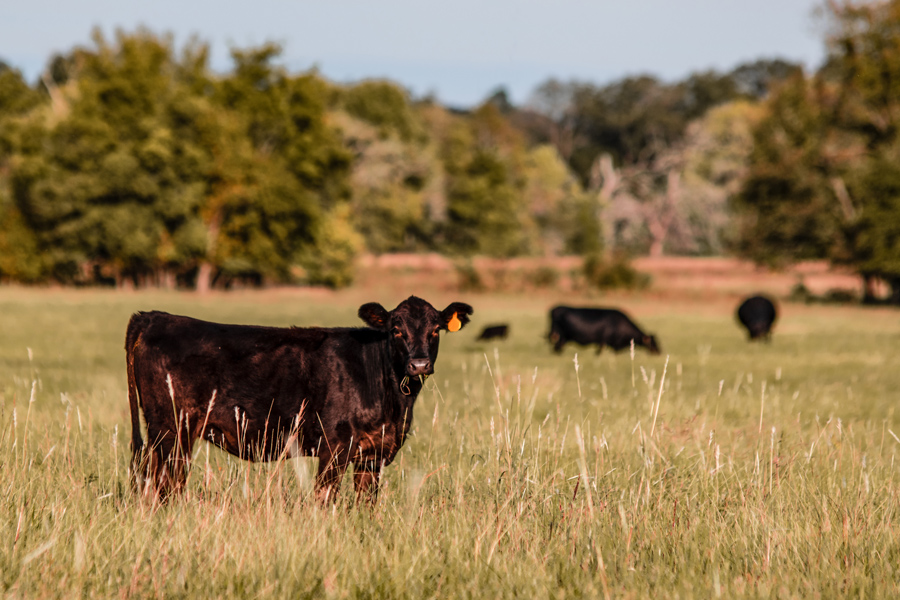
Drought can have a double impact on cattle producers. Not only is forage limited during the grazing months, but also the production of hay is limited. With the lack of forage, both grazed and conserved, many producers are looking for sources of feed for their cattle going into the fall and winter. Hay is an option, but it’s not the only option. Hay replacement rations can be an economical option to purchasing additional hay. Grains are often cheaper per unit of energy than hay, especially when hay prices increase during a drought period.
When considering these feeding options, producers should consider three major issues: 1. Cost of the potential feeds and their nutrients, 2. Which rations will meet the nutritional requirements of their cattle, and 3. How to properly feed cattle with the hay replacement ration.Lawton Stewart and Jason Duggin
|
-
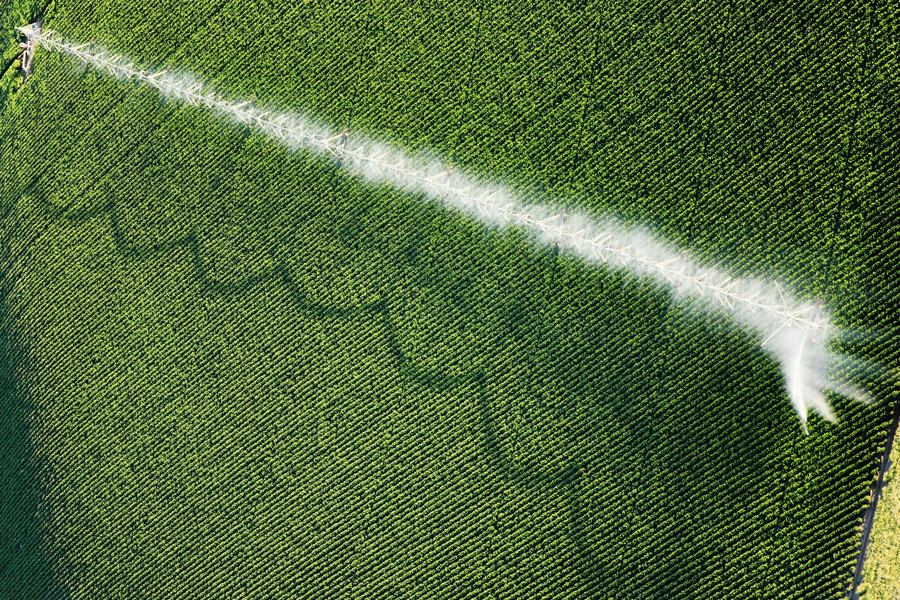
This publication was developed to provide farmers applying animal wastewater with step-by-step instructions to calibrate their center pivot irrigation systems. Within each step, the publication provides reasoning for that step and any equations to calculate the needed values. Along with instructions, the publication also provides a fillable table to collect data and charts to help determine application rates.
Gary L. Hawkins, Stephanie Hollifield, and Wesley Porter
|
-
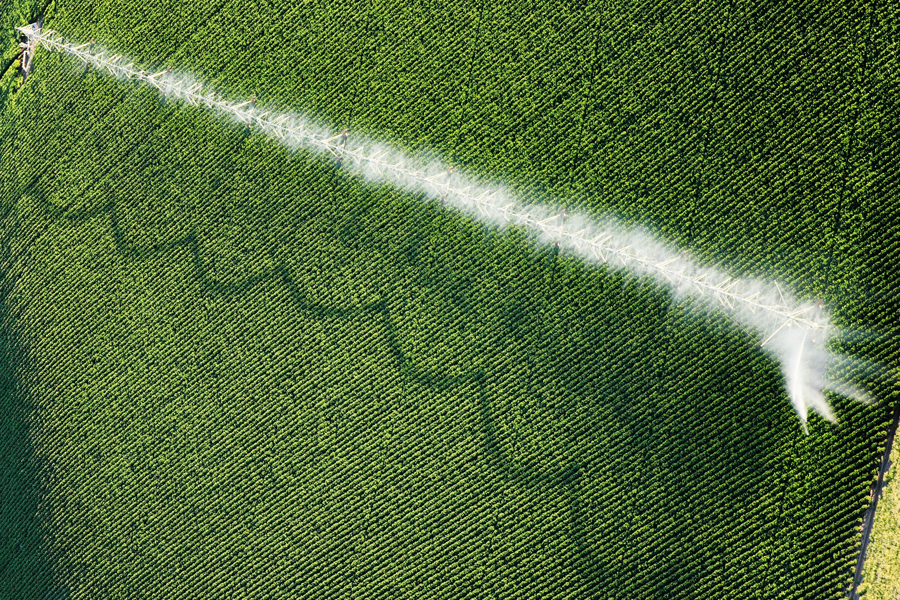
This publication is intended to be used by those familiar with calibrating a center pivot system. The circular lists the steps, calculations, and charts needed to calibrate a center pivot irrigation system pumping wastewater, without explanations of the process itself. The PDF version contains worksheets and formulas.
The step-by-step calibration procedure includes determining: the wetted diameter of your nozzle or sprinkler; spacing between collection cups; the number of cups needed to collect wastewater from all sprinklers/nozzles. Next, place collection cups in a row, equally spaced in the direction of travel, mark the starting point and then operate the pivot normally and mark the end point. Measure the time taken for the system to pass over all cups. Measure between the start and end points to determine the travel distance. Immediately record the volumes or depths of water in each collection cup and use this to calculate the average application depth (in inches, centimeters, or millimeters). Next, determine your “usable” cups and effective diameter of pivot, and then recalculate the average application depth for the “usable” collection cups. Calculate the reference travel speed and the deviation depth for each “usable” collection cup. Next, determine the average deviation depth, calculate the application uniformity and determine the calibration results.
Gary L. Hawkins, Stephanie Hollifield, and Wesley Porter
|
-
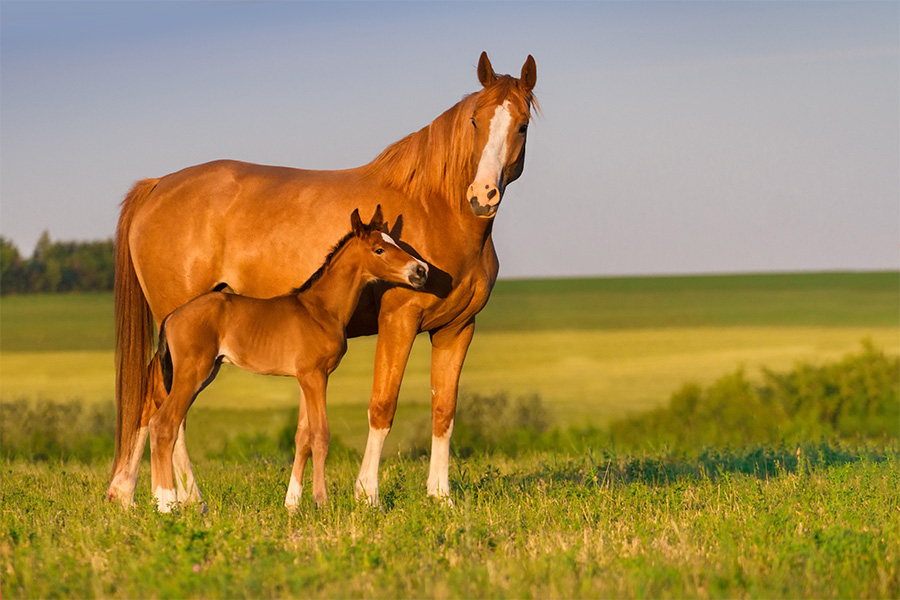
A solid understanding of mare cyclicity is the foundation on which to build or evaluate an equine breeding program. Horses differ from other species both in timing of cyclicity as well as endocrine patterns within a cycle. Basic principles can aid horse breeders in more effectively timing and breeding with or without hormone manipulation.
This publication provides an in-depth explanation of the science behind horse breeding.
Jillian Bohlen
|